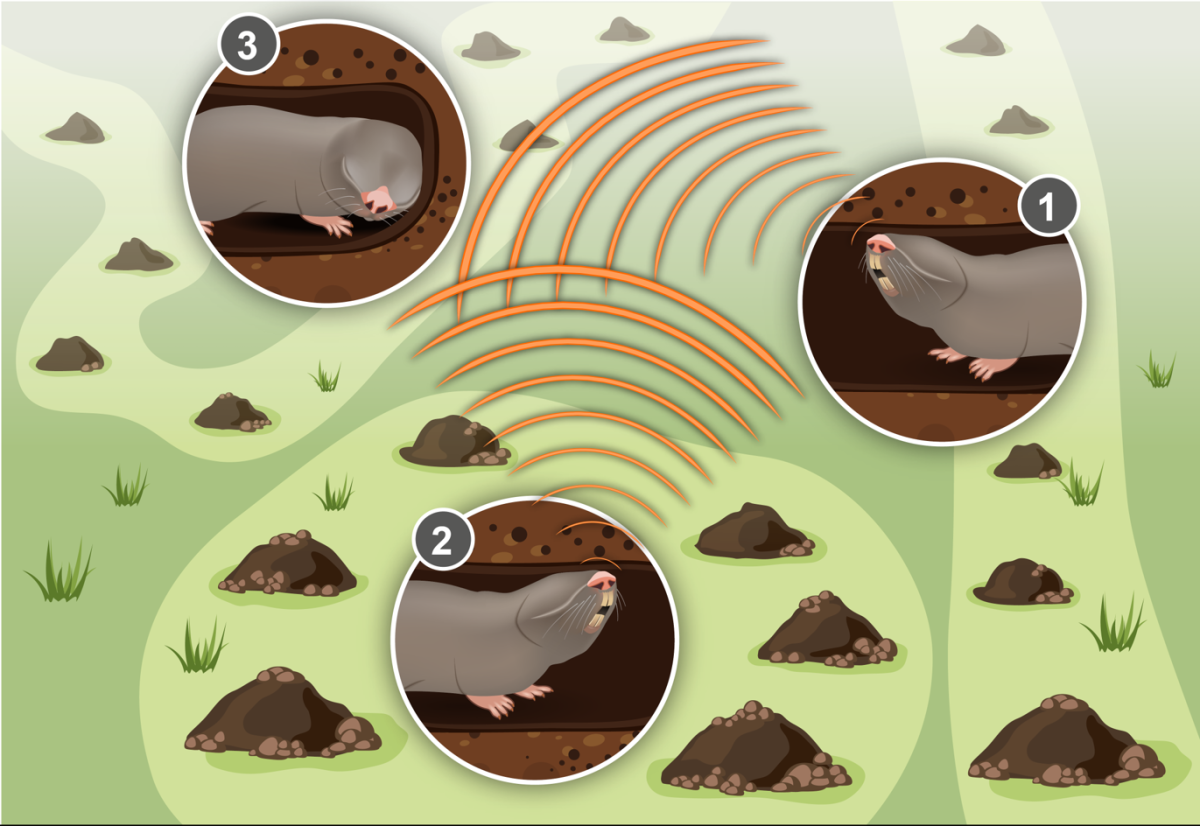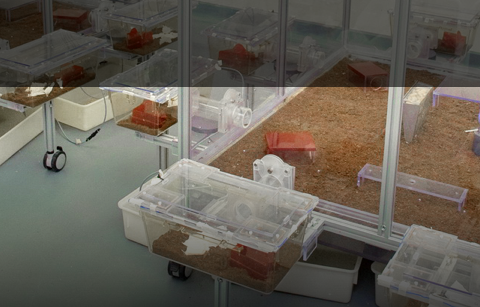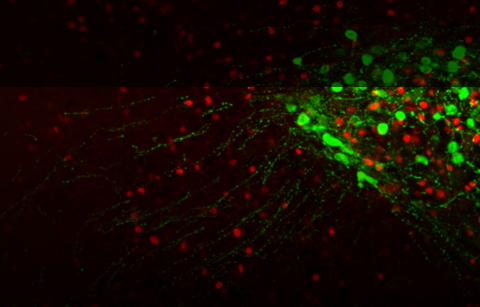Social behavior is crucial for the reproduction and survival of all mammalian species. It encompasses a wide variety of basic complex interactions that are common to all mammals, yet it is also highly dynamic and differs from species to species and among individuals. In particular, social organization varies substantially across species, ranging from solitary to social to eusocial communal behavior.

On the social scale, the blind mole rat (BMR; Spalax ehrenbergi) is an extreme. It is exceedingly solitary, territorial, and aggressive. BMRs reside underground, in self-excavated tunnels that they rarely leave. They possess specialized sensory systems for social communication and navigation, which allow them to cope with the harsh environmental conditions underground (Kashash et al., 2022). Unraveling the neural basis of the BMR's behavior, in comparison to that of social rodents, can shed important light on the underlying mechanisms of psychiatric disorders in humans, in which similar behaviors are displayed.
We have recently found that the BMR’s PVN contains significantly fewer oxytocin (OT) neurons compared to mice. Interestingly, we found no indication of sex differences in the number of OT cells in the PVN of male and female BMRs. Moreover, while it is often assumed that male BMRs are more aggressive than females, our observations suggest similar levels of aggression in both sexes, which might be related to the sex similarities in OT distribution (Kashash et al., 2022)










